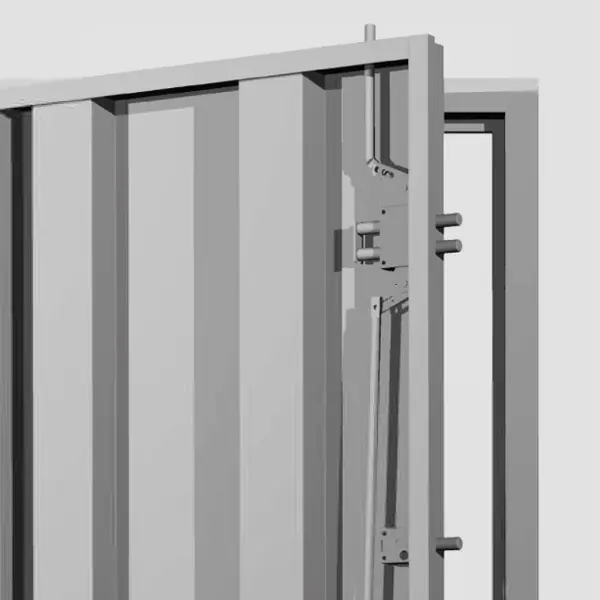
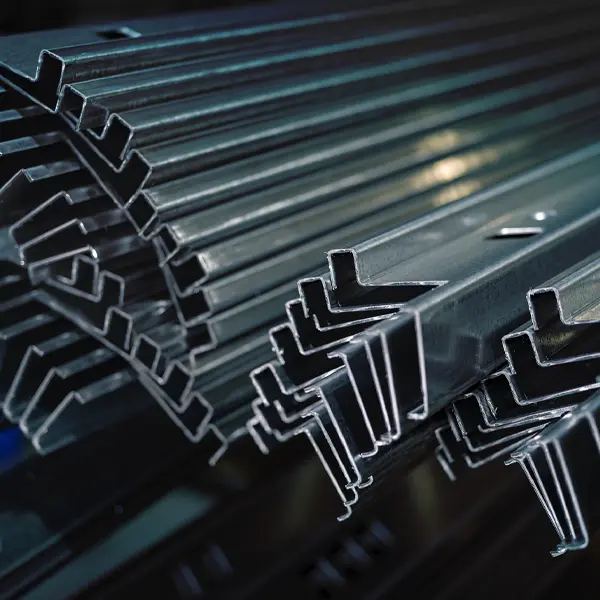
Certified safety, performance and innovation
ICA’s armored doors are subjected to the most rigorous laboratory tests established by the European standard, which defines the burglar-proof class, performance in terms of thermal transmittance, air, water and wind tightness, noise abatement and fire resistance.
All models are offered in class 3 (starting as early as the basic model) and class 4 burglar-proof, mechanical opening in combination with double-bit locks and European cylinder, automatic opening with electronic technology.
Commercial offerings include:


Soundproofing and thermal efficiency
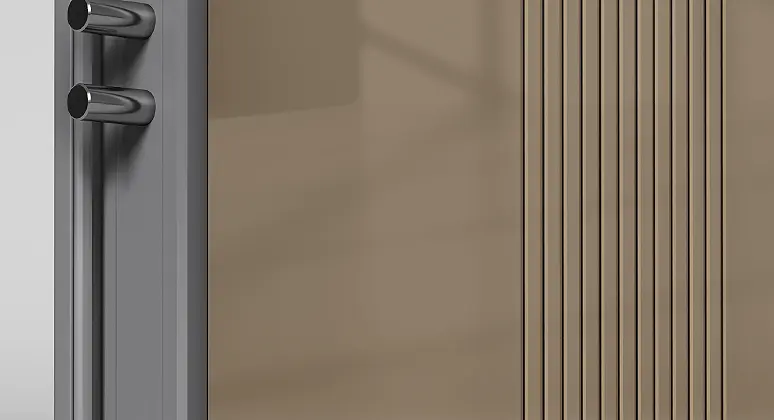
With regard tosoundproofing, all models start from a reduction of 30dB up to 43dB.
Thermal transmittance, on the other hand, starts from a basic value of U=1.97 and can reach, in the Energy line, a value of U=1.2.
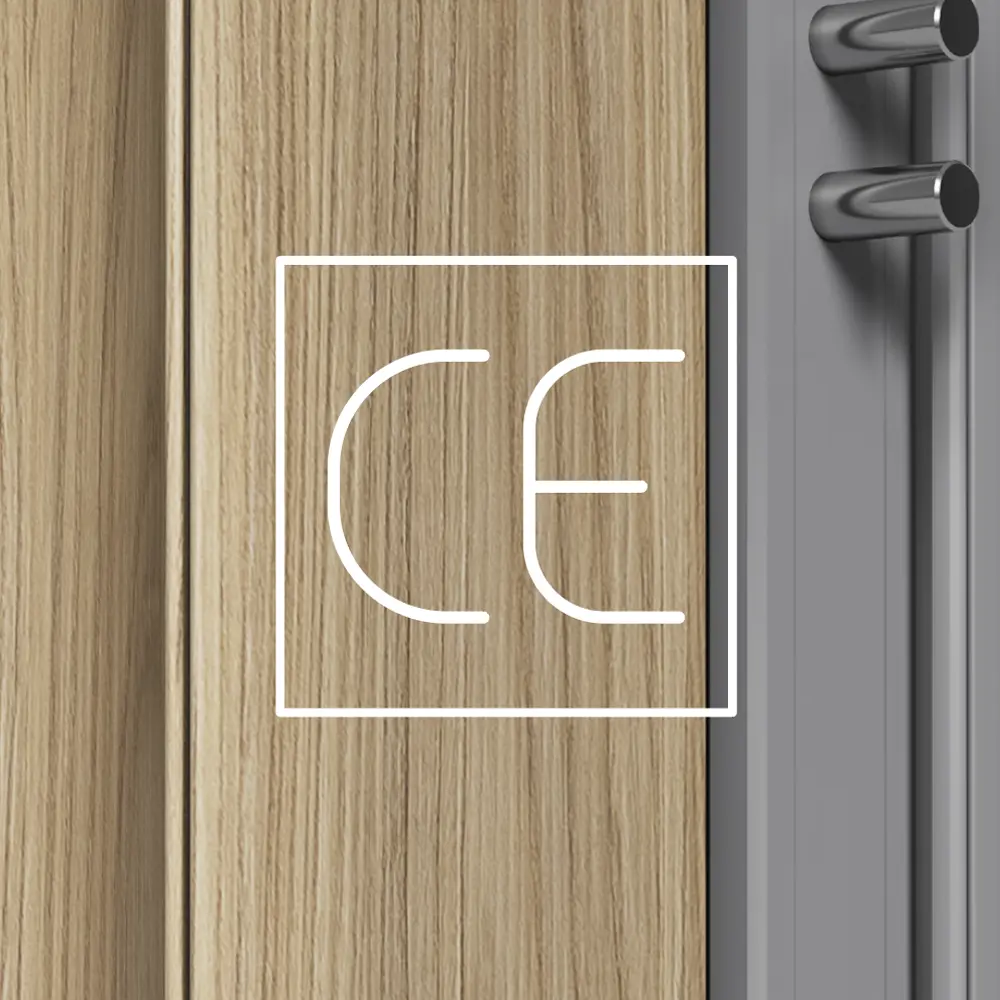
CE Marking
CE marking of pedestrian doors for outdoor use is regulated by UNI EN 14351-1, which defines the mandatory requirements to be declared:
– Air permeability
– Water tightness
– Wind load resistance
– Thermal transmittance
– Sound insulation
In addition, there are requirements that each manufacturer may voluntarily decide to include within the values that accompany the CE marking.
These include:
– The burglary resistance class
– The fire resistance
Importantly, CE marking does not impose performance limits. Its purpose is to highlight the quality of a product understood as “the set of characteristics that make it suitable for the specific use for which the product was purchased.” The philosophy of the directive is, therefore, one of absolute transparency of information.

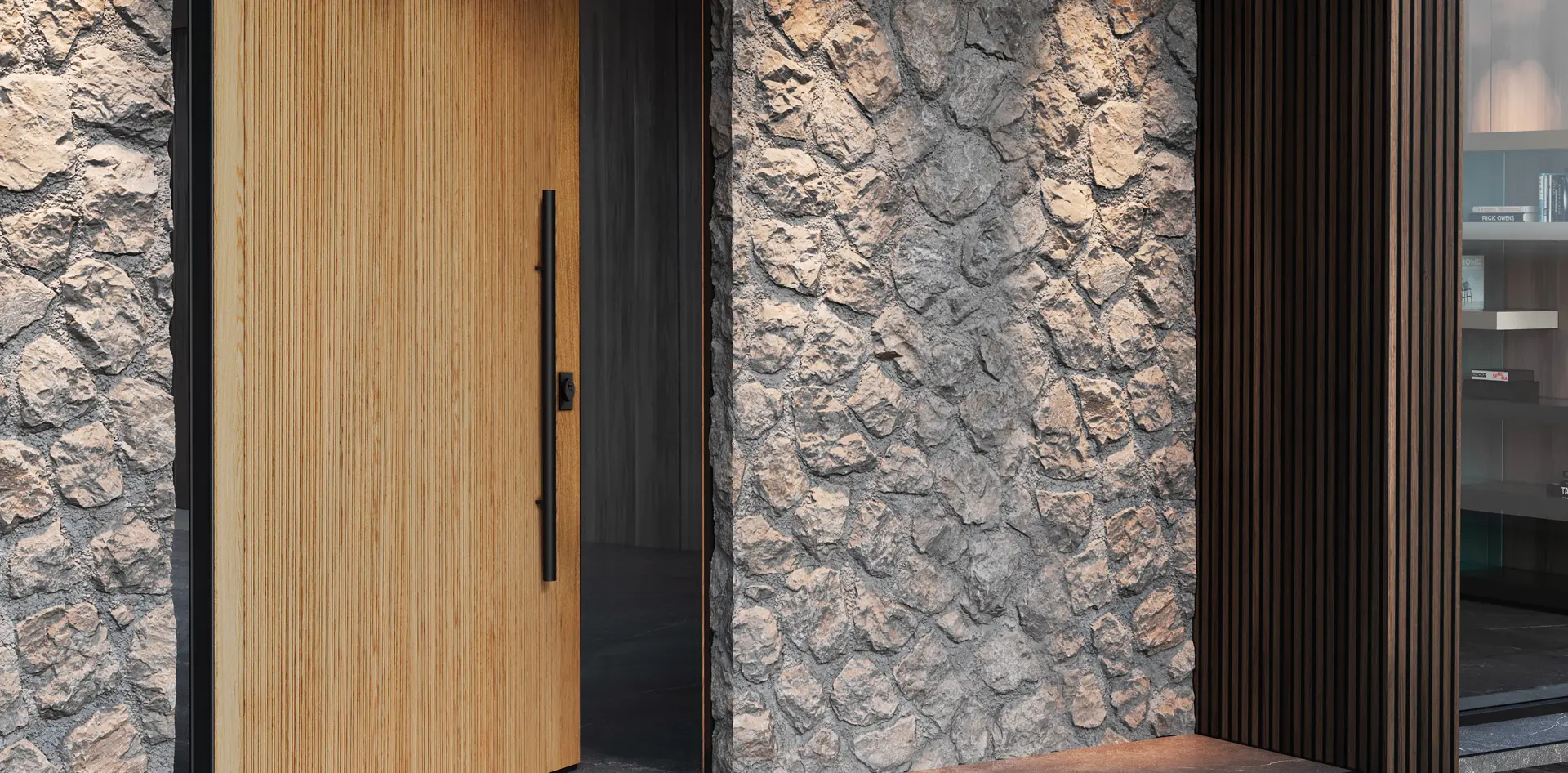
Performance of ICA doors

Break-in resistance
The ability to resist break-in attempts on the security door.
Burglar resistance is the priority characteristic, as the entrance door is conceived, designed and manufactured to first and foremost protect people, environments and property from dangerous external intrusion. Burglar resistance, in terms of requirements, classification and testing methodologies, is regulated by European standards (EN 1627, EN 1628, EN 1629 and EN 1630) that define the tests to be performed on samples:
– Static load test
– Dynamic load test
– Manual attack test
If all tests are positive, the sample is classified according to UNI ENV 1627 into specific classes ranging from 1 to 6 in an improving sense.

Air permeability
The ability to prevent the passage of air through the security door.
Air permeability is of particular importance not only for sealing purposes, but also in relation to thethermal insulation and soundproofing that the door must provide.
This characteristic is determined by specific laboratory tests performed in accordance with UNI EN 1026. The sample must undergo two tests, one with positive test pressures and one with negative test pressures.
The average of the two air permeability values at each pressure stage determines the test result, which is expressed as a class ranging from 0 to 4 in an improving sense(UNI EN 12207).

Water tightness
The ability to prevent the passage of water through the security door.
Water tightness affects entrance doors that face the outdoor environment and are therefore subject to weathering.
The determination of this characteristic is made by laboratory testing according to method A (for fully exposed products) or method B (for partially protected products), in accordance with the provisions of UNI EN 1027.
Again there is a classification that can range, in an improving sense, from class 0 to class 9A (in the case of method A), or from class 0 to class 7B (in the case of method B)(UNI EN 12208).

Tightness to wind load
The mechanical resistance of the security door to wind gusts.
Wind load resistance affects the safety in use of the product and is determined by laboratory testing in accordance with EN 12211. The deflection of frame elements is determined by calculation or testing.
The results of the wind load resistance test, at positive and negative pressures, are expressed by specific classification ranging, in an improving sense, from class 0 to class 5 or even to class Exxxx (where xxxx indicates the actual test pressure), if the specimen exceeds the test pressures provided for class 5 (UNI EN 12210).

Thermal transmittance
The ability to prevent heat exchange between two rooms divided by the security door.
Thermal protection constitutes another important characteristic in the case where the entrance door separates the heated indoor environment from the outdoor environment or from an unheated environment, such as a stairwell may be, for example.
The degree of thermal insulation, expressed through the transmittance value U is regulated by a standard (Legislative Decree No. 192/2005 – Presidential Decree No. 59/2009) that establishes transmittance limits for windows and doors, to which entrance doors are assimilated, depending on the climatic zone to which the building belongs.

Fire resistance
The resistance of the security door in case of fire.
Fire resistance must be indicated where provided in the specific activities subject to fire prevention regulations. In such cases, a door with fire-resistance characteristics that can isolate the effects of fire and smoke may be required.
Fire resistance is determined by specific laboratory test, according to EN 1634-1. The test is aimed at defining the class of resistance, which is related to the time in which the artifact maintains mechanical stability, integrity to the passage of fire and thermal insulation.
The European classification assigns the symbol EI, which corresponds to the previous REI. In any case, the door, in order to be applied in uses subject to fire prevention, must be approved in accordance with UNI EN 13501-2.

Sound insulation
The ability to prevent the passage of noise through the security door.
The acoustic comfort of a living environment also depends on the level of insulation that the door, inserted in the specific partition, is able to offer. It is therefore necessary to also be able to “classify” doors according to their performance in terms of acoustic insulation, and to ensure that this classification is homogeneous among the various products and manufacturers, in order to allow an informed choice in different situations. In order to characterize a door from the acoustic point of view, laboratory tests prescribed by an international standard (UNI EN ISO 140-3) are carried out on the door, which defines the method of measuring the airborne sound-insulating power of building elements, including doors. Tests conducted according to these standards return a value in dB. It determines the door’s ability to acoustically separate two rooms or, if you will, its ability to reduce sound pressure between them.
Elegant design and high performance for all environments
ICA’s security doors, perfectly interpret the necessary function of protection and living comfort with the refined aesthetics of today’s architecture. Within our catalog we present a line of models conceived and engineered to offer you, with very high performance standards, living solutions of prestige and design, which integrate naturally with the highest demands of sophisticated and contemporary architecture.
